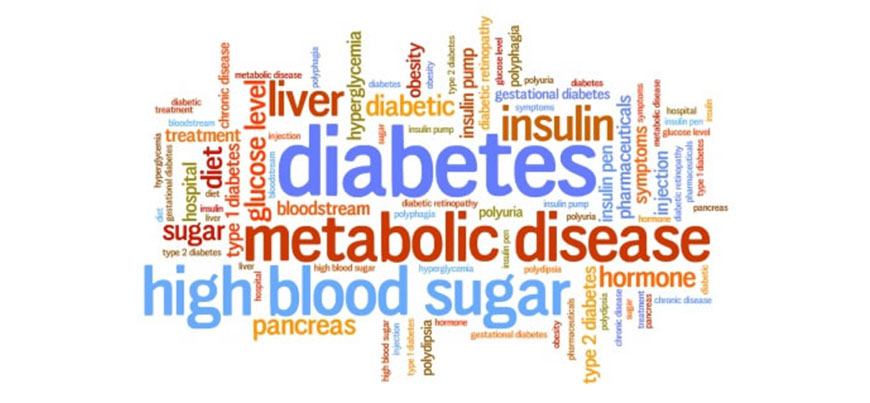The Aoki Diabetes Research Institute (ADRI) is a non-
The main focus of our research is an unique type of intravenous insulin therapy called MAT treatment which consists of pulses of high dose insulin in a program together with high doses of oral glucose. This program safely provides much higher doses of insulin to the tissues than can be achieved with subcutaneous insulin therapy. This has a beneficial effect, especially on glucose metabolism in the liver, a site normally exposed to high insulin levels in persons who do not have diabetes. The addition of MAT® treatments to a standard diabetes therapy regimen can reduce the number of hypoglycemic attacks (dangerously low blood sugar) by improving hypoglycemia awareness and can resolve, stabilize or delay many complications of diabetes such as kidney damage, damage to the retina of the eye, orthostatic hypotension (low blood pressure), foot ulcers, gastroparesis (slow emptying of the stomach) and painful neuropathy of the feet and legs.
In addition to the research program, ADRI has provided MAT® treatments as a clinical service for patients with unrelenting diabetic complications for most of the past twenty-
Because MAT® treatment requires a large investment of time and effort by the medical staff and the patient, this therapy is currently suggested only for patients with diabetes who have progressive diabetic complications despite following the American Diabetes Association and American Association of Clinical Endocrinologists recommended treatment guidelines.
Type 2 Diabetic Patients
When Dr. Aoki first started studying and treating patients, he focused on type 1 diabetic patients who often developed complications in their early teens and were significantly more difficult to treat than type 2 diabetic patients who typically developed complications later in life. With time, the latter patients were accepted for treatment as well.
In type 2 diabetic patients, the MAT® procedure goal is the same as in type 1 diabetic patients, to stimulate and increase mitochondrial glucose oxidation in liver, muscle, peripheral and central nervous cells, and other tissues thereby insuring adequate ATP stores to allow normal cellular functioning. To accomplish this task, larger pulses of intravenous insulin are needed to overcome the insulin resistance which is present in type 2 (but not type 1) diabetic patients and to provide the needed increased “insulin effect”.


